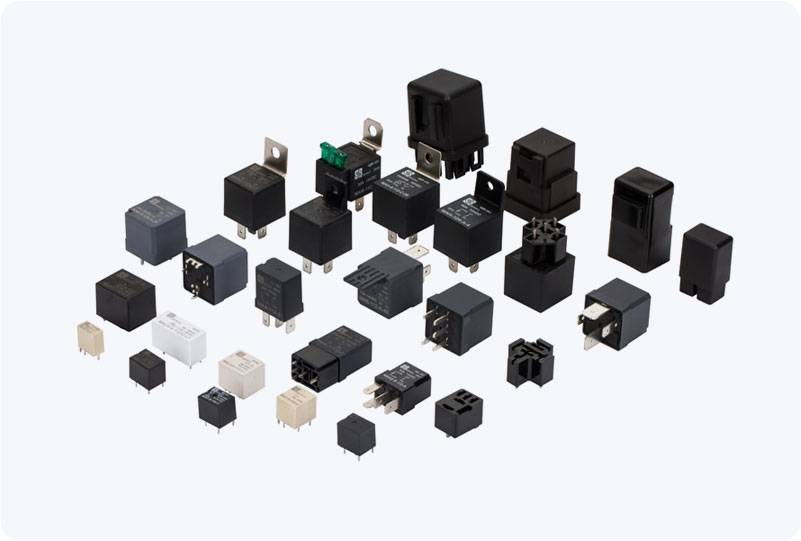Motor Control Power Relays are critical components in modern industrial control systems, primarily used to regulate the operation of electric motors. These relays play a vital role in starting, stopping, and protecting electric motors in a variety of applications, from manufacturing plants to HVAC systems. In this article, we will explore the function, importance, and applications of Motor Control Power Relays, along with some key considerations for selecting the right relay for a specific motor.

What is a Motor Control Power Relay? A Motor Control Power Relay is an electrical device that controls the power to an electric motor by using electrical contacts to make or break the circuit. It typically operates by receiving a control signal, which triggers the relay to either close or open its contacts, thereby controlling the motor’s operation. This can include starting, stopping, reversing direction, or regulating the motor’s speed. Motor Control Power Relays are designed to handle high current loads that are typically associated with motor circuits. They ensure that the motor receives the correct voltage and current while offering protection against faults like short circuits, overloads, and other abnormal conditions. These relays often come integrated with various protective features, such as thermal overload protection, ensuring the longevity and reliability of both the motor and the control system.